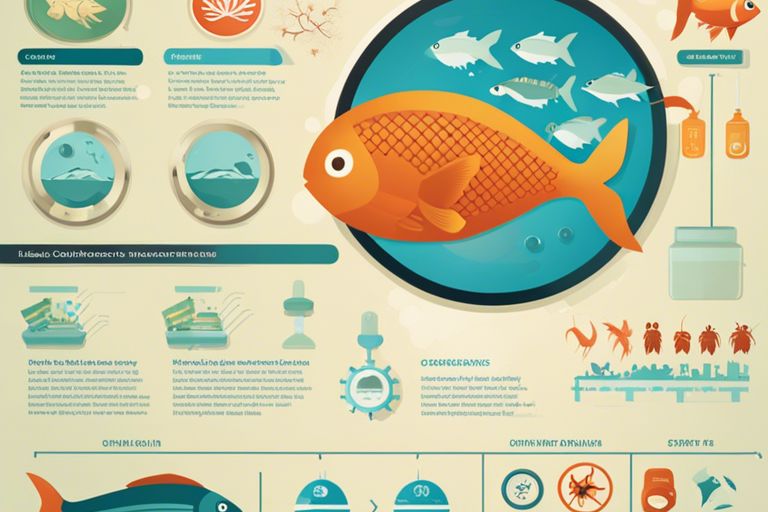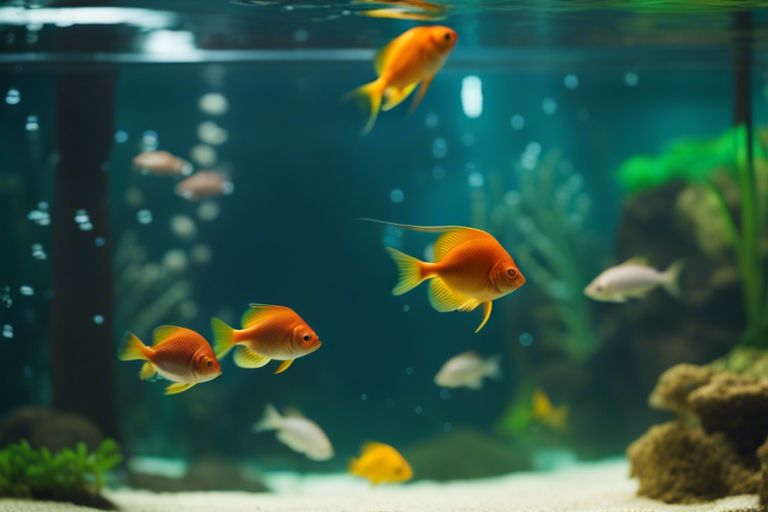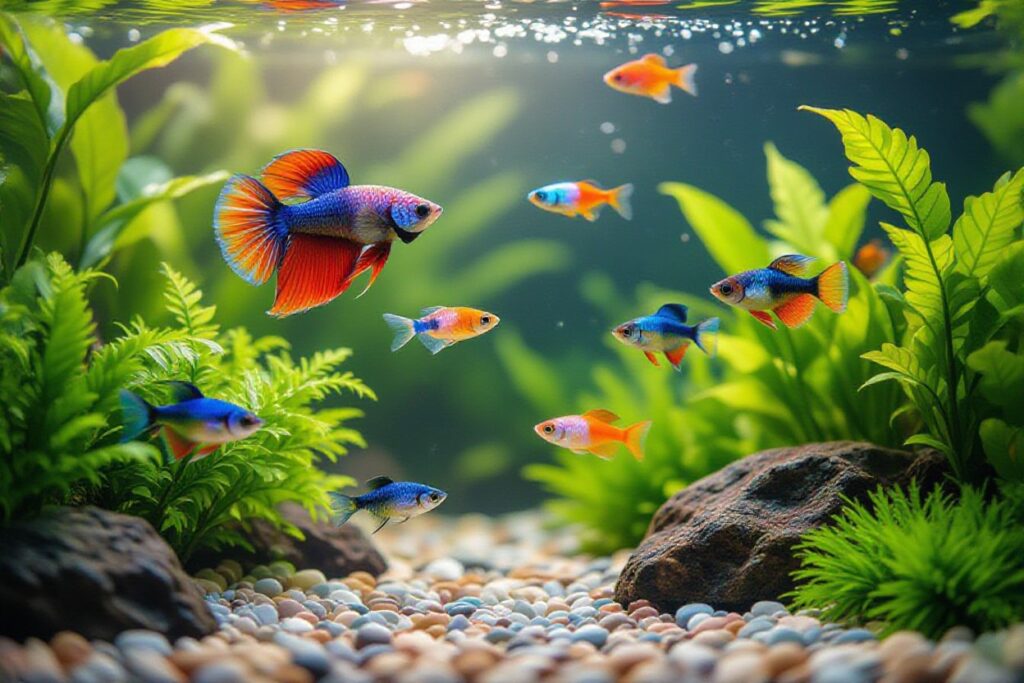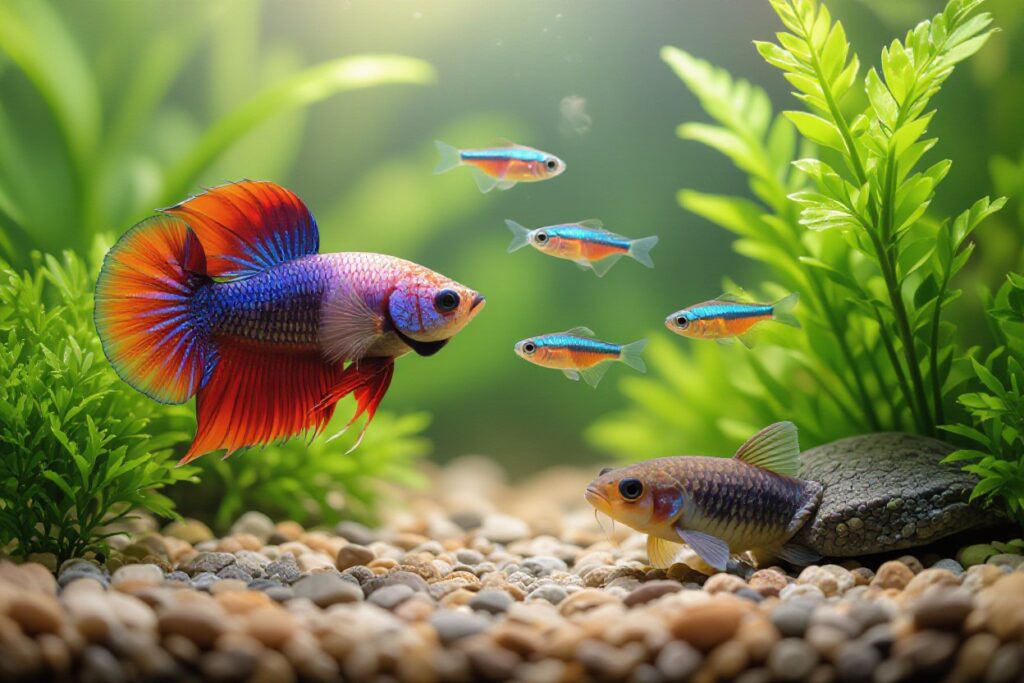Treatments for common fish diseases are crucial knowledge for every fish owner. In this comprehensive guide, we will explore the most common illnesses that can affect your beloved aquatic pets, their symptoms, causes, and most importantly, how to treat them effectively. From Ich to fin rot, velvet disease to dropsy, this guide will provide you with the necessary information to identify and combat these diseases, ensuring the health and well-being of your fish.
Identifying Common Fish Diseases
Types of Fish Diseases
The onset of fish diseases can be a worrisome experience for any fish keeper. The key to combating these ailments lies in swift identification and appropriate treatment. Fish diseases can be broadly categorized into parasitic, bacterial, and fungal infections. Here are some common types of fish diseases to watch out for:
| Parasitic | Bacterial |
|---|---|
| Ich (white spot disease) | Fin rot |
| Anchor worm | Columnaris |
| Velvet | Dropsy |
| Flukes | Tuberculosis |
| Costia | Gill disease |
Though some symptoms may overlap, it’s vital to identify the specific disease that is affecting your fish to provide the most effective treatment.
Factors Contributing to Disease Outbreaks
Factors contributing to disease outbreaks in fish can vary, but understanding these triggers can help prevent future occurrences. Common factors include poor water quality, stress, overcrowding, and inadequate nutrition. Here are some key factors to consider:
- Water quality fluctuations
- Stress from sudden changes
- Overcrowding in the aquarium
- Insufficient or imbalanced nutrition
Knowing how these factors can impact the health of your fish is crucial in maintaining a thriving aquatic environment.
For instance, sudden changes in water temperature or pH levels can stress fish, weakening their immune systems and making them more susceptible to diseases. By monitoring and maintaining stable water parameters, fish can be better equipped to fend off potential illnesses.

Disease Prevention Strategies
Tips for Maintaining a Healthy Aquarium
Any fish enthusiast knows that prevention is key when it comes to avoiding common fish diseases. To maintain a healthy aquarium, ensure you have proper filtration, perform regular water changes, monitor and maintain water parameters, avoid overfeeding, and quarantine new fish before introducing them to your main tank. Knowing these simple tips can go a long way in preventing diseases in your aquarium.
- Proper filtration
- Regular water changes
- Monitor and maintain water parameters
- Avoid overfeeding
- Quarantine new fish before introducing to main tank
Now, let’s explore into the step-by-step guide to quarantining new fish.
Step-by-Step Guide to Quarantine New Fish
| Step | Details |
| 1 | Set up a separate quarantine tank with similar water parameters to the main tank. |
| 2 | Acclimate the new fish to the quarantine tank slowly over the course of a few hours. |
| 3 | Observe the fish for signs of disease or stress for at least two weeks. |
With this step-by-step guide, you can ensure that new fish are healthy and disease-free before introducing them into your main aquarium. By following these simple steps, you can prevent the spread of diseases and maintain a thriving aquatic environment for your fish.
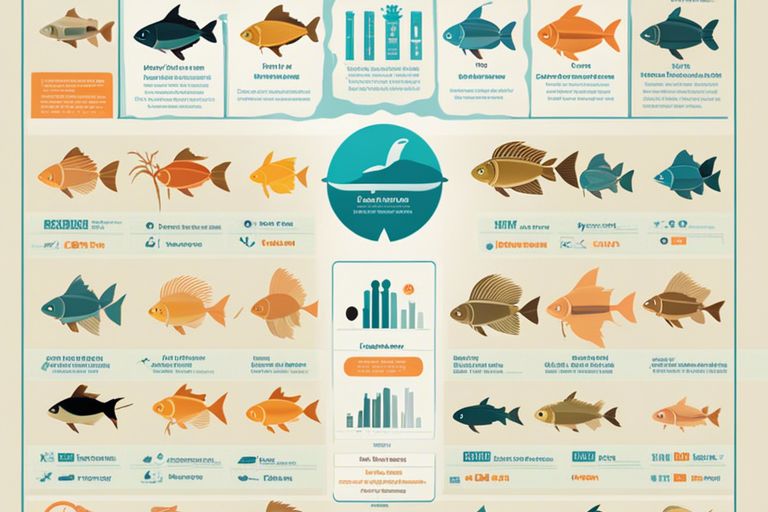
Treatments for Common Fish Diseases
Bacterial Infections
Your fish might show symptoms like clamped fins, loss of appetite, or unusual swimming patterns when affected by bacterial infections. To treat this, you can use antibiotics specially formulated for fish. It’s important to follow the instructions on the medication carefully and consider quarantining the infected fish to prevent the spread of the bacteria to other tank inhabitants.
Parasitic Infections
Even with the best care, fish can still fall victim to parasitic infections like ich or flukes. These infections often present as white spots on the fish’s body, excess mucus, or abnormal behavior. To address parasitic infections, consider using medications specifically designed to target parasites. It’s crucial to treat the entire tank to eradicate parasites completely and prevent a reinfestation.
Options for treating parasitic infections include medications containing ingredients like formalin, malachite green, or copper sulfate. These compounds can effectively eliminate parasites like ich, velvet, or gill flukes when used as directed. Remember to remove any activated carbon from the filter during treatment, as it can absorb the medication and reduce its efficacy.
Fungal Infections
Little white cottony growths on your fish could indicate a fungal infection. To combat this issue, antifungal medications are available in the form of liquids or powders. Remove any uneaten food from the tank and ensure optimal water conditions to promote healing. Quarantine infected fish to prevent the spread of the fungus to other tank inhabitants.
Understanding the importance of early detection and prompt treatment is crucial in managing fungal infections in fish. Keeping a close eye on your fish’s behavior and appearance can help you catch and address fungal infections before they spread and become more severe.
Viral Infections
The presence of viral infections in fish can be challenging to diagnose and treat effectively. Prevention through proper quarantine procedures and maintaining excellent water quality is key. Once a viral infection is suspected, there are limited treatment options available. Supportive care, such as maintaining optimal water parameters and providing a well-balanced diet, can help boost the fish’s immune system to fight off the virus.
Parasitic infections like lymphocystis or viral hemorrhagic septicemia can devastate a fish population if left unchecked. It’s crucial to work with a vet or aquatic specialist to confirm the diagnosis and discuss the best course of action for managing viral infections in your fish tank.
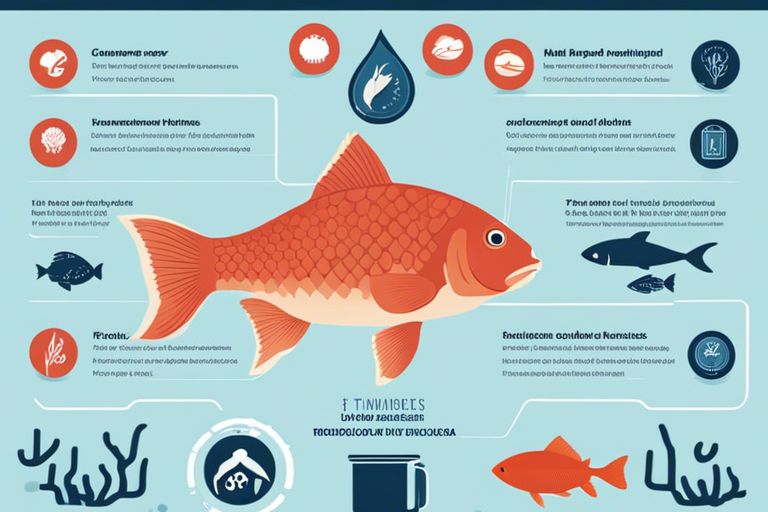
Enhancing Fish Immunity and Well-being
Pros and Cons of Various Fish Diets
| Pros | Cons |
| Include variety of nutrients | Potential overfeeding issues |
| Helps replicate natural diet | May require more effort to prepare |
| Can enhance fish colors | Some diets may be expensive |
On selecting the right diet for your fish, it is imperative to consider the pros and cons to ensure their health and well-being.
Optimizing Water Conditions for Disease Prevention
With proper water conditions, you can significantly reduce the risk of your fish developing diseases. Maintaining proper pH levels, temperature, and clean water will help promote fish health and immunity.
Prevention is key when it comes to maintaining a healthy environment for your fish. Regular water testing, proper filtration, and regular water changes will help prevent common diseases and ensure your fish thrive in their habitat.
Conclusion
Hence, it is crucial for fish owners to be well-informed about common fish diseases and treatments to ensure the health and well-being of their aquatic pets. By recognizing symptoms early on and implementing the appropriate treatments, fish enthusiasts can prevent outbreaks and provide timely care to their beloved fish. This comprehensive guide serves as a valuable resource for identifying, treating, and preventing common fish diseases, empowering fish keepers to maintain a thriving aquatic environment.
FAQ
Q: What are some common fish diseases?
A: Common fish diseases include ich, fin rot, velvet, dropsy, and swim bladder disease.
Q: How can I prevent fish diseases?
A: To prevent fish diseases, maintain good water quality, avoid overfeeding, quarantine new fish before adding them to your tank, and perform regular water changes.
Q: What are the symptoms of fish diseases?
A: Symptoms of fish diseases can include loss of appetite, abnormal swimming behavior, color changes, lesions or sores, and fin deterioration.
Q: How can I treat fish diseases?
A: Treatment for fish diseases may involve using medications, improving water quality, isolating sick fish, and adjusting feeding habits.
Q: Can fish diseases be contagious?
A: Yes, some fish diseases can be contagious and spread quickly among the fish in your tank. It is important to identify and treat diseases promptly to prevent outbreaks.
Q: Should I consult a veterinarian for fish diseases?
A: While some fish diseases can be treated at home, consulting a veterinarian with experience in fish health is recommended for accurate diagnosis and treatment, especially for complex cases.
Q: How can I create a healthy environment for my fish?
A: To create a healthy environment for your fish, maintain proper water parameters, provide a balanced diet, avoid overcrowding, and observe your fish regularly for any signs of illness or stress.
